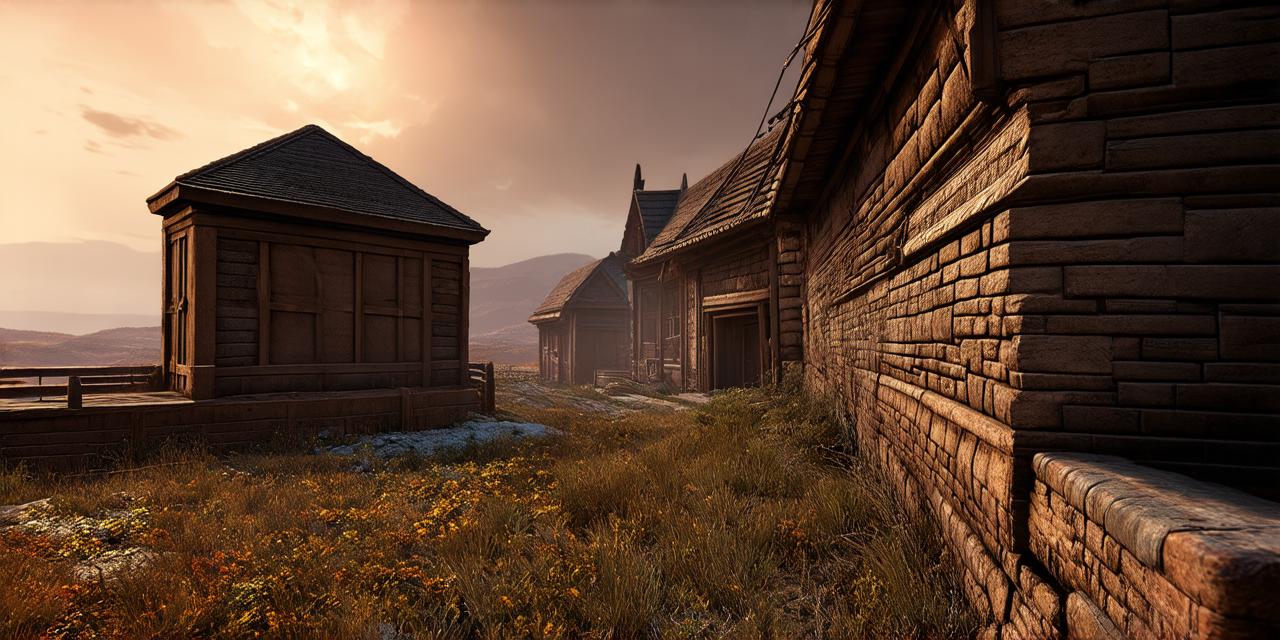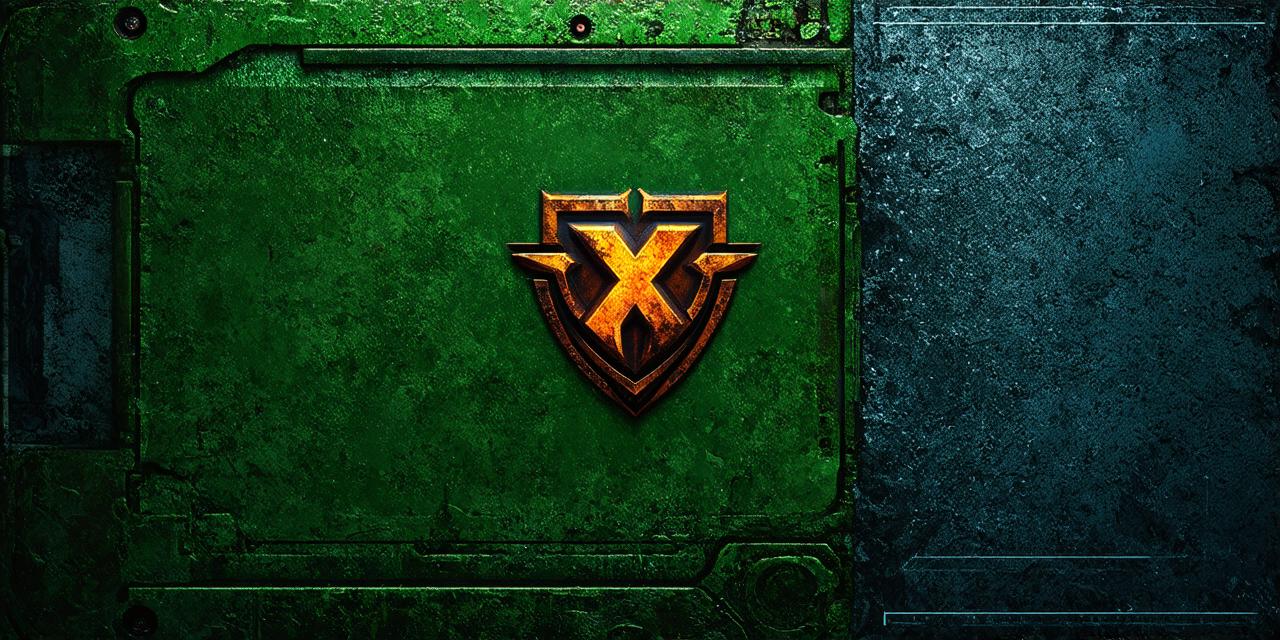In today’s digital age, video games have become an integral part of our lives. From immersive open-world adventures to fast-paced action-packed experiences, video games have evolved significantly over the years.
What are 3D Models?
Before we dive into the world of 3D models in game development, let’s first define what a 3D model is. A 3D model is a digital representation of an object or character that exists in three dimensions. It can be created using various software programs and techniques, including modeling, texturing, and animation. These models are used to create the visual elements of video games, such as characters, environments, and objects.
The Benefits of Using 3D Models in Game Development
There are several benefits to using 3D models in game development. First and foremost, 3D models allow for greater creative freedom when designing games. With the ability to create highly detailed and realistic characters and environments, game developers can push the boundaries of what’s possible in a video game. Additionally, 3D models can be easily customized and modified, allowing for greater flexibility in game design.
Another benefit of using 3D models is that they can significantly improve game performance. By using optimized 3D models, game developers can reduce the amount of processing power required to render a scene, resulting in smoother gameplay and faster load times. This is especially important for mobile games, where device specifications can vary widely.

Finally, 3D models can also enhance the overall visual appeal of a game. With high-quality textures and lighting effects, game developers can create stunning graphics that immerse players in the game world. In fact, many modern games use photorealistic 3D models to achieve a level of realism that was previously impossible.
Case Studies: Real-World Examples of 3D Models in Game Development
Now that we’ve discussed the benefits of using 3D models in game development, let’s take a look at some real-world examples of how these models are being used to create engaging and immersive gameplay experiences.
Uncharted 4: A Thief’s End
One prime example of the power of 3D models in game development is Uncharted 4: A Thief’s End. Developed by Naughty Dog, this action-adventure game features incredibly detailed and lifelike characters, environments, and objects. The game’s developers used a combination of traditional modeling techniques and cutting-edge technology to create these stunning visuals. For example, they used motion capture technology to capture the movements of real actors, which was then used to animate in-game characters.
The Witcher 3: Wild Hunt
Another great example of the use of 3D models in game development is The Witcher 3: Wild Hunt. Developed by CD Projekt Red, this role-playing game features a vast open world filled with diverse characters and environments. To achieve this level of detail and realism, the game’s developers used a combination of traditional modeling techniques and advanced software tools. They also incorporated real-world references and elements into the game world to make it feel more authentic and immersive.
Final Fantasy VII Remake
Finally, the recent remake of Final Fantasy VII is another great example of how 3D models can be used to bring classic games into the modern era. Developed by Square Enix, this game features stunning visuals and highly detailed characters that were created using state-of-the-art technology.




